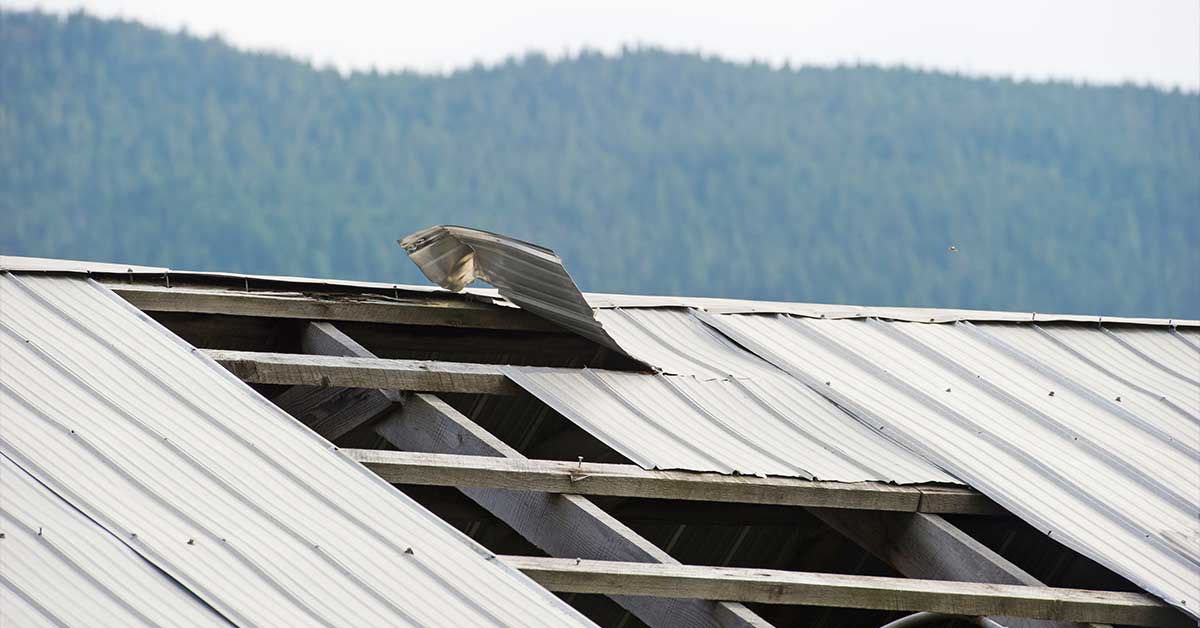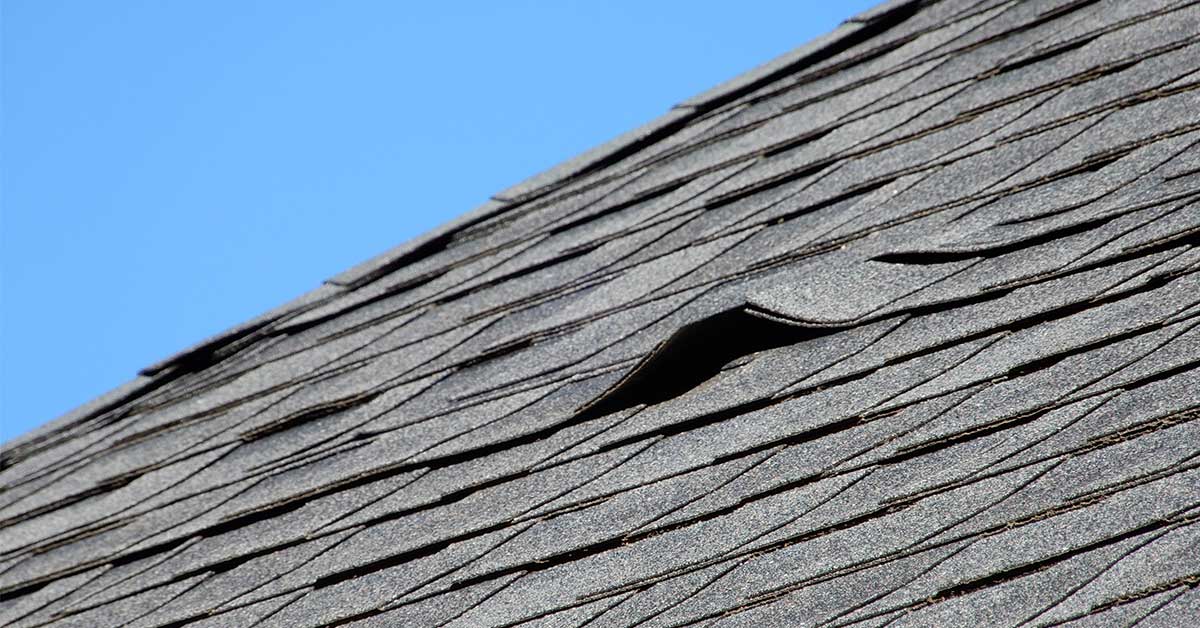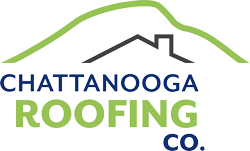
email us
ted@chattanoogaroofingco.com

call us now
(423) 308-ROOF
roof damage wind

30 Jan. 2023
Benefits of a Professional Roof Inspection to Assess Storm Damage
Protecting yourself from a storm begins with a solid roof. While your roof is generally excellent at keeping you safe from the elements, it can be severely damaged by a severe storm. Worse yet, you won’t be able to see much of the roof damage from the ground. However, a professional roof inspection can help find and assess storm damage. Moreover, your contractor can respond swiftly and effectively to any repair or replacement needs. Keep reading to discover some of the benefits of a professional roof inspection to assess storm damage.
Key Benefits of a Professional Roof Inspection
1. Monitor Roof Stability
The first thing your roofer does is check the roof’s stability. But what does that mean? This means a roofer inspects the condition of the rafters, joists, bracing, and any connecting hardware. Extreme weather conditions like heavy rain, snow, or hail can be violent. For that reason, an inspection is especially crucial right after a big storm has passed.
2. Check for Leaks
A leaky roof is one of the worst problems and is every homeowner’s worst nightmare. Leaks in the roof may go undetected until a severe storm blows through and water begins to drip through your ceiling. The presence of discoloration, such as brown stains on the walls or ceiling, is an indication of water damage. Regular expert roof inspections are the best way to avoid this. Having your roof inspected regularly will boost your chances of spotting leaks before they cause major damage.
3. Spot Unseen Issues
When a storm passes through, it can be tempting to climb up on a ladder and have a look at your roof for damage. This is not a bad idea if you feel safe doing so. While this is useful for spotting large, apparent problems, it often misses the smaller, less evident problems that cost the most. When you hire a skilled roofer, they can spot even the smallest issues and offer solutions. It’s possible for the inexperienced eye to miss problems like small leaks, broken shingles, and missing flashing. However, a professional inspector won’t let that happen.
4. Review Shingles
Have you got a lovely shingle roof? Asphalt shingles are a popular roofing material due to their low cost and high durability. However, they are not indestructible. A professional roofer can check the condition of your roof and shingles to ensure they are still holding up. Storms can cause shingles to become loose, damaged, or even come off entirely. It’s important to make sure the shingles are fitted correctly so there are no leaks in the roof later on.
By now, we’re sure you’re aware of the benefits of a professional roof inspection – especially by a qualified inspector. For a complete, all-points inspection of your roof, call Chattanooga Roofing Co. today. We’ll be glad to help!
- By: chattroof

28 Sep. 2022
How to Get Roof Damage Covered by Insurance
When a rainstorm or other natural disasters damage your roof, you may wonder how to file an insurance claim and get your roof damage covered. It can also be challenging to determine the types of damages homeowner’s insurance covers. For that reason, you may be hesitant to seek professional help, given the cost associated. That’s why we prepared this post: to help you understand how to get roof damage covered by insurance. Keep reading to learn more.
How to Get Roof Damage Covered by Insurance
Roof damage can occur at any time, in any place. However, no matter the circumstances, it can be a scary experience. Depending on the extent of the damage, there’re a few essential procedures you should follow.
- First, ensure that you and your family are safe. In Chattanooga, TN, high winds are common. Also, you may see hail, tornadoes, and flooding, among other forms of severe weather. Therefore, you should first ensure everyone’s safety.
- Make sure that there is no risk of further severe weather. If there is, seek appropriate shelter. This is more important than fixing roof damage fast. In addition, if your roof has big leaks, putting a tarp on it (when it’s safe to do so) can help prevent further water damage to your property.
- Check your property. Fully document any damage you can observe. Take note if you observe any loose, missing, cracked, or damaged shingles. Then, if you find it safe to do so, climb a ladder and take pics of the visible damage. Otherwise, ask a professional to do that.
Some Tips on Filing a Roof Claim
- It’s crucial to file your insurance claim correctly if you want to get compensation for the roof damage.
- The first step is to call your nearby contractor and ask them to assess the damage. They can provide you with a repair estimate you can use for your insurance claim. In addition, some contractors will actually do some of the hard work of dealing with your insurance company.
- Carefully read your policy to ensure there are no surprises when you speak with your insurance company.
- Don’t put off filing for too long. The sooner you act, the greater your chances of receiving financial assistance for roof repair.
- Also, never let family members or friends perform roof repairs without a qualified contractor’s direct supervision. Making these repairs yourself may lead to more damage, cost significantly more in the long run, and can violate some warranties or insurance coverage.
- Lastly, if you’re unsure of your home’s coverage for insurance purposes, speak to an agent with your carrier. Always confirm your coverage before making a claim.
- By: chattroof

06 Sep. 2018
Roof Damage From Wind: What Is It, and How Can I Spot It?
According to Travelers Insurance, roof damage from wind made up an astonishing 25 percent of all homeowners insurance losses from 2009 to 2015. High winds can damage your roof, especially if it’s older or if your home is often exposed to forceful wind.
Wind can cause a few different kinds of damage to your roof. These include leaks, torn away or broken shingles, and gutter blockage. Asphalt shingle roofing receives the most damage from wind – even though it’s sturdy and rated to hold up under 90 mph gusts. If the wind is sustained, it can wear away at the integrity of shingles and start to damage them at 50 mph. Knowing how to check for roof damage from wind is vital to your home’s long-term health.
What Is Roof Damage from Wind?
Wind is unpredictable. It can damage areas that seem strong while leaving weaker areas alone. That’s because the wind doesn’t hit the entire surface of your roof with the same amount of strength. Corners, edges, and the exposed ridge suffer most frequently from wind damage.
For instance, where shingles hang slightly over the edge of your roof, wind can get under it and curl it up – or even rip it clean off. This is the type of damage that’s easiest to spot visually. Anytime wind removes a shingle, the roof will develop a leak in that spot (and anywhere below it, since water runs downward).
In addition, high winds can “lift” shingles without removing them. Most often, this is caused by suction from the wind passing over the top of the shingles, rather than getting under them. In this case, your roof may look intact from the ground. But all the while, water is seeping underneath the loose, lifted shingles. Lifted shingles lead to broken sealant – and leaks over time.
As another example, debris blown by high winds can tear apart your shingles. Tree limbs are a particularly common culprit here, so make sure you trim away any branches that reach over your roof. If you have trees next to your house, you’re likely to experience this type of roof damage from wind. In fact, high winds don’t cause as much damage as the debris blown by them does. They may look pretty, but those overhanging trees are a hazard.
How Can I Spot Roof Damage from Wind?
Look for these signs of roof damage caused by high wind.
1. Leaky Roof
Leaks in your roof are the easiest way to spot damage. However, a leak is the last thing you want. Don’t wait until your ceiling is dripping to check for damage. After each session of high winds, check for damaged shingles before you have a water problem. And, if a leak does appear, call a trusted roofer right away!
2. Missing, Lifted, or Curled Shingles
You should be able to spot missing and curled shingles from the ground. Look especially at the roof’s stress points: edges, corners, chimney, valleys, and ridgeline. These spots will let water through to the sub roofing – and into your home.
On the other hand, lifted shingles are hard to spot unless you’re on the roof. What may have happened is that the nails have become looser, and the layer of sealant may be broken. You’ll want to have your roof professionally inspected from time to time, especially if your roof has a steep pitch or your home has more than one story.
3. Granules in the Gutter
Extreme wind and pounding rain can strip protective granules from your shingles, washing them into the gutter. After a rainstorm, especially one accompanied by high wind, check the gutter for an excess of granules. If you find more than normal, call a roofer to check the shingles.
4. Damaged Chimney Flashing
This should be a quick check, but you’ll need to be on the roof to do it. Inspect the flashing around the chimney to see if it’s split or missing. Because it’s a vulnerable stress point, your chimney flashing is an especially common location for roof damage from wind.
Like always, a high-quality roof installed by an experienced roofing professional is your best defense against wind damage. Don’t cheap out – you may end up paying more in the long run. Call a licensed and insured roofer with decades of expertise, like Chattanooga Roofing Company. We’d be happy to inspect your roof for wind damage and give you a free estimate!
visit Us: 529 S. Germantown Rd. Chattanooga, TN 37411
email us: ted@chattanoogaroofingco.com
24/7 Emergency call (423) 308-ROOF

